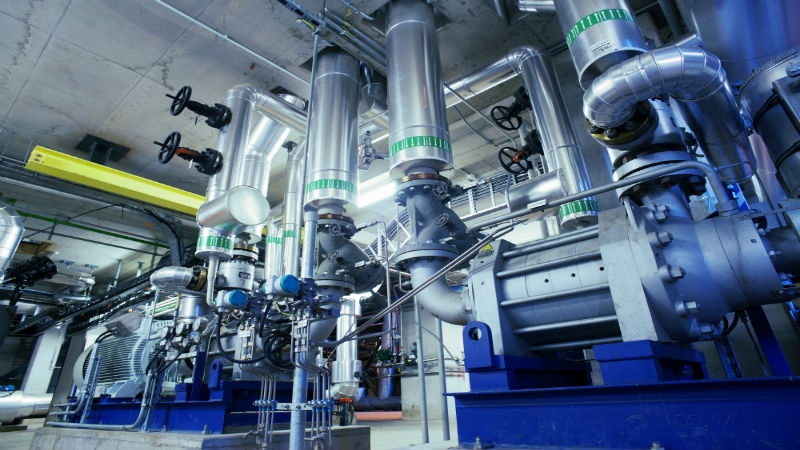For companies in the petrochemical industry, the condition and material integrity of their storage tanks play a vital role in asset protection and plant safety. While these tanks are built to last a significant amount of time, they can show signs of material degradation over time that can pose a hazard.
Having Tanks Inspected
Storage tanks for petrochemicals should be inspected in a process known as tank integrity testing by a professional that meets API 653 standards. That means that only professional inspectors that are licensed and trained with an API 653 standard should perform these inspections. This ensures the final test inspection results will fulfill the requirements called for by industry standards.
When Tank Inspections Need to Be Completed
Petrochemical Tank inspections need to be completed on all petrochemical tanks whenever a repair has been completed on a unit. Additionally, tank inspections for each unit should always be done based on state and federal guidelines. While federal guidelines are mandated across all states, each state has its requirements, which can be more stringent than federal guidelines in their range in the number of years between inspection times.
When having visual inspections done to meet AST criteria, it is essential that exterior viewing is combined with another non-destructive shell testing procedure. These non-destructive test options include hydrostatic, ultrasonic, radiographic, or acoustic emissions testing. Once the results are in, these records should be kept aside for all AST needs. Monitoring all tanks with a visual inspection on-site annually and after storms should also be done to monitor units for potential damage and potential sources of leakage.

